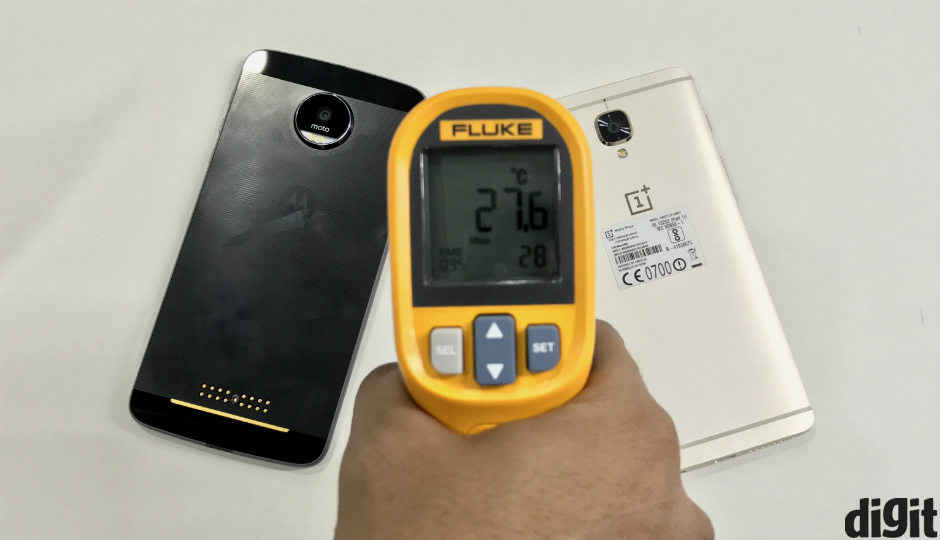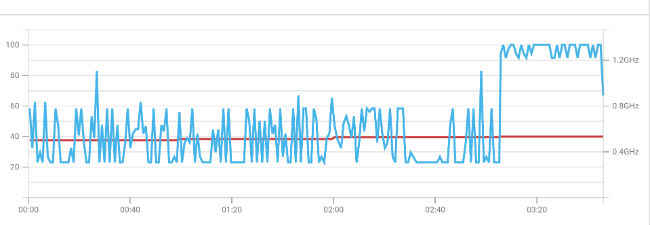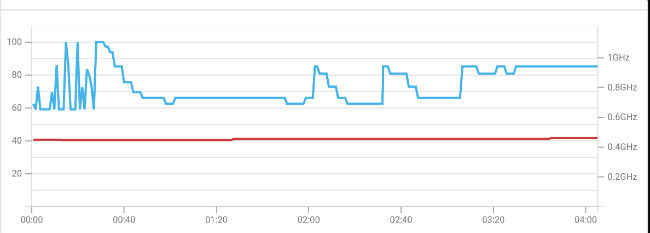Moto Z vs OnePlus 3: Stress test and heat levels

The OnePlus 3 is powerful, but can the Moto Z accommodate that same power in its 5.2mm slim profile?
Comparisons are usually meant to determine whether one phone is a better buy than the other. However, that only applies when two phones are priced similarly and have the same USPs. So, when we compared performance of the Moto Z and OnePlus 3, we weren’t looking for the better phone. Rather, the emphasis was at which phone manages heat better.
The OnePlus 3 is amongst the most powerful phones today. On the other hand, the Moto Z brings that same power to a much slimmer profile. But is it truly possible to maintain the same level of performance with such a slim profile? We shall find out.
The tests
We used three tests to determine the heat management on each device. First, we played Asphalt 8 for 15 minutes, measuring the temperature on the body. The phones were then immediately subjected to continuous benchmarking for another 15 minutes, raising the temperature further. Here, we measured both external and internal temperature.
After allowing the two phones to cool down and return to their normal temperatures, we then put both of them to task, recording 4K video for 10 minutes. The temperatures were again measured post that. Here are the results.
Gaming
It is worth noting that neither phone really stutters or lags while gaming. While running the game for 15 minutes, we didn’t notice any lags or major frame drops, and the temperatures were kept under control. While we expected the OnePlus 3 to not break the 40 degree mark in this time, the 5.2mm profile of the Moto Z surprised us.
The OnePlus 3 reached a temperature of 39.3 degrees, whereas the Moto Z remained at a maximum temperature of 36.9 degrees. At this point, it is worth noting that both phones had the same two apps installed on them, apart from their respective UIs.
The Moto Z achieves this by keeping its CPU at lower clock speeds, which shall be explained below. However, it must be noted that while both phones handle this practical scenario quite well, the Moto Z edges past the OnePlus 3 slightly. This is most likely because of the stock Android UI on the Moto Z, and the company’s own tweaks for heat and other resource management.
Benchmarks
We ran the benchmarks to increase the load on the phones. The object of this test was to put as much stress as possible and raise the temperatures well beyond regular levels. This isn’t a practical scenario, but for avid gamers, it will be quite relevant.
OnePlus 3 Heat Graph (Red = Temperature, Blue = CPU Clock Speed)
Moto Z Heat Graph (Red = Temperature, Blue = CPU Clock Speed)
After 15 minutes on benchmarks, the phones had spent half an hour on heavy load. Once again, though, the Moto Z handled things better than the OnePlus 3. The former hit a temperature of 40.6 degrees, whereas the OnePlus 3 was at 44.4 degrees celsius.
Strictly speaking, the Moto Z achieves this by compromising performance. It bars the CPU from going above 1GHz, whereas the OnePlus 3 reaches somewhere between 1.4 and 1.6GHz. This means that the Moto Z is ideally a lesser performer than the OnePlus 3, but the same is hard to spot on regular usage. After the half an hour of stress tests, we did see slight stutters on the Moto Z, even when loading apps like Facebook.
4K Video Recording
When running games and benchmarks, it’s easy for phones to throttle the CPU, stop tasks, drop frames and manage the heat levels. However, when recording 4K video, the only way to reduce load is to stop recording. That is why many phones do not allow more than 10 minutes of 4K recording.
Fortunately, both the Moto Z and OnePlus 3 could record till the 10 minute mark without stopping, but the heat levels increased drastically. The slim profile of the Moto Z came into play here, with the temperature running up to 47.2 degrees while on the test. The OnePlus 3, on the other hand, reached a maximum of 42.9 degrees on the video recording test.
Bottomline
Both the Moto Z and OnePlus 3 are great performers, however, the OnePlus 3 is slightly more powerful. This is because the Moto Z tries to keep the average clock speed as low as possible, in order to compensate for its slim profile. Where the Moto Z’s average clock speed remains between 0.6-0.8GHz, the OnePlus 3’s average clock speed is between 0.8-1GHz.
What’s even more interesting is that both phones do not usually achieve their maximum permissible clock speeds. The Moto Z and OnePlus 3 reached a maximum of about 1.8GHz, against a top clock of 2.15 GHz. However, under regular usage, both the Moto Z and OnePlus 3 are admirably powerful phones, and you won't feel any difference between them, unless you really put them under pressure.
Buy Moto Z play at Rs. 24999 on Flipkart
Buy Moto Z at Rs. 39999 on Flipkart






